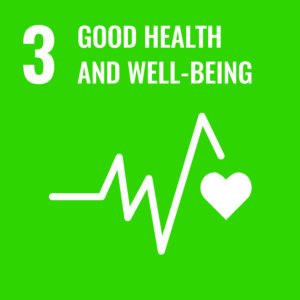COVID-19 emerged in late 2019 and swiftly evolved into a global health crisis. Governments implemented various measures to curb the transmission of the virus, including social distancing, travel restrictions, and widespread lockdowns. The unprecedented nature of the threat led national authorities to adopt response strategies that were less than optimal. Inadequate reactions by States were also attributable to lacunae and uncertainties in the current legal frameworks.
For example, which authorities had the competence to declare public emergencies, and according to which parameters? How extensively could individual rights be restricted for the sake of preserving public health? What legal obligations existed to assist states struggling to cope with the virus?
In essence, the pandemic demonstrated that, in situations of public health emergencies, it is necessary to be prepared not only from a medical perspective but also from a legal one. The concept of Legal Preparedness rests on the idea that law is an essential tool for improving public health, a tool that becomes even more relevant in the context of emergencies. However, the function of Legal Preparedness has been rather underestimated until now.
It is against this background that the project ‘Health Emergencies and Legal Preparedness: Global, Regional and National Approaches’ (HELP) was born. Its main objective is to examine how Legal Preparedness can enhance policies and activities to prevent and address public health crises.
The project is guided by the intention to support the pursuit of the health-related goals stemming from Next Generation EU (e.g. the EU4Health programme) and the Italian PNRR (Mission 6 ‘Health’). The project is also fully in line with the 2030 Agenda for Sustainable Development (SDG 3 on health and wellbeing, SDG 16 on inclusive institutions).
The ultimate goal of our work is to increase awareness of the concept of Legal Preparedness and sensitize the relevant stakeholders tasked with the prevention and response to public health emergencies to the advantages that such an approach entails.


Credits: Freepik